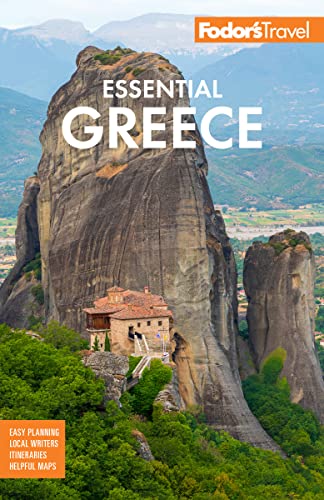The mercantile bustle of modern Ermoupoli—Syros’s port, capital, and the archipelago’s business hub since the 18th century—often makes people do a double take. Seen from a distance out at sea, the city looks like a Cycladic village—one, however, raised to the nth dimension, with thousands of houses climbing their way up twin conical hills. The closer you get, the more impressive things look. As you pull into the harbor, lined with big mansions and towering churches, you see that Hermesopolis—the city was originally named after Hermes, the god of trade—is a 19th-century neoclassical jewel. A palatial marble town hall, a grand city square that looks airlifted from Paris, an opera house modeled after La Scala, and a gambling casino: these are just a few of the flourishes that announce Ermoupoli as the centuries-old administrative hub of the Cyclades. Partly colonized by one of Greece’s largest Catholic populations, Syros is home to more than half the residents of the island chain.
Though it seems arid, Homer praised the island in Book XV of The Odyssey. Markos Vamvakaris, the great Syrian rebetis (performer of rembetika music), wrote a song celebrating the beauty of its women of Venetian and Frankish descent, the "Frankosyriani," perhaps the most popular of all bouzouki songs. Herman Melville, writing in 1856–57, gave the men equal time: "Lithe fellows tall with gold-shot eyes, Sunning themselves as leopards may."
Near the center of the Cyclades, due east of Kythnos and west of Mykonos, rocky Syros covers an area of 135 square km (52 square miles). Some might say that Ermoupoli is the only real reason for a stopover on Syros—but it is so architecturally rich that it should not be missed. Also, the island’s untouristy urbanity and long, exciting history, much of it visible, make it worthwhile.




